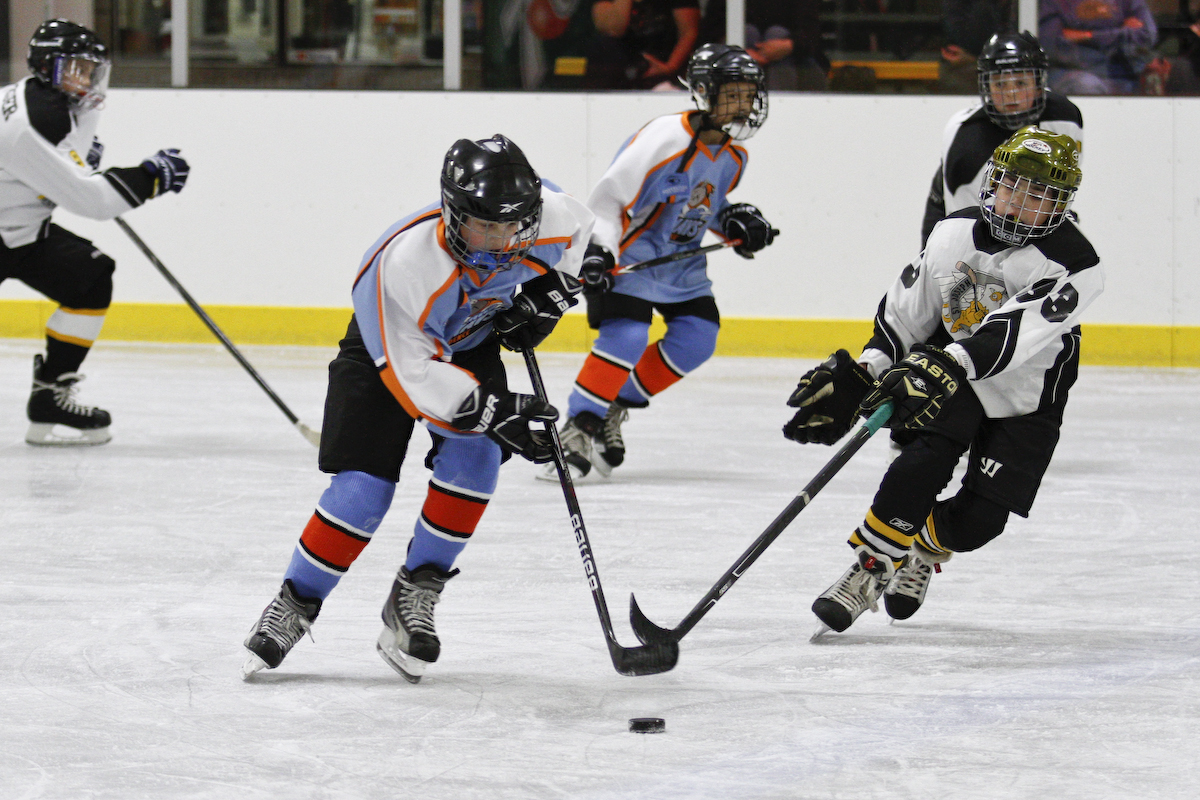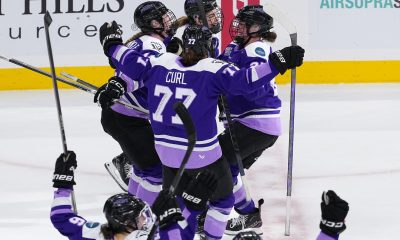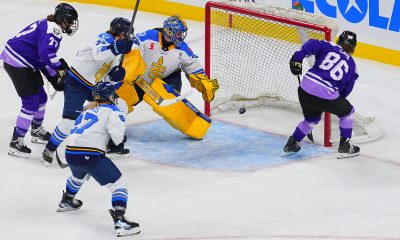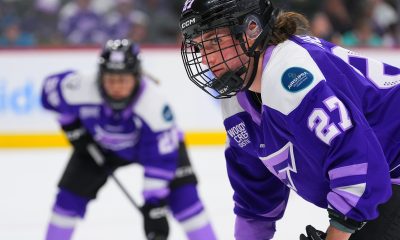Columnists
Tearse: On-Ice Effectiveness
Individual performance evaluation goes far beyond the score sheet
-
by
Hal Tearse

Individual performance evaluation goes far beyond the score sheet
The final score of any game is the result of the actions of all players on both teams shift by shift. Most people will look at the final score to determine if the team played well. However the final score lost does not tell the whole story nor should it. A concept that we have used in our program the past couple of years is to discuss and implement “on ice effectiveness” ideas and ratings for each player.
On ice effectiveness is based on the idea that every player needs to contribute to the team effort in his/her unique way. There are many ways a player can have a good performance besides scoring goals. Here are some ways to think about it.
Goalies: Obviously they are there to stop pucks and defend the net. It is pretty easy for everybody to understand that. We can calculate save percentages and goals against. We can also track where the goals against are shot from. No mystery here.
Defensemen: The defenders primary responsibilities are protecting the areas in front of the net, deflect the attack out side, and regain possession and initiate the counter attack either by passing the puck up to the forwards or skating the puck out of the defensive zone. In recent years coaches have moved skilled forwards back to defense so that they can actually join the rush as the fourth attacker. This has mixed results.
Forwards: They are responsible for the attack and offense. Centers tend to be playmakers and highly skilled. They need to be good at face offs. Wings need to be good along the wall and in front of the net. They all need to be able to shoot and score. Their secondary role is to play defensively against the other teams forwards when possession is lost.
At the end of the game how would you be able to evaluate each player’s performance? Certainly not by the final score of the game and if we use only goals and assists then most players are left out.
There are other aspects of the game that all players need to focus on such as:
Giveaways, takeaways, blocked shots, shots attempted on goal, shots on goal, hits (for bantams and above) and penalty minutes. These are a couple others but these are pretty good indicators of individual game-by-game performance.
With bantam and HS players these stats can help players identify areas that need improvement and where they are strong. For instance defensemen especially want to minimize give aways. All skaters can and should block shots. On average it takes eight shots to score a goal so eight blocked shots saves a goal against. On the flip side if a wing never shoots or only occasionally shoots, the chances of scoring are minimal.
The players in our program have found these statistics and ideas very useful for them. It gives them areas to focus on and they can work towards improvement. For coaches it also provides them with an objective view of the individual performances during each game.
Feedback from the players is quite positive and in a team discussion they wished that these ideas were taught to them in youth hockey. I do not recommend extensive stats for younger teams but the ideas about becoming an effective players should be introduced at the squirt and pee wee levels.
By focusing on the things that make a player effective during games individual players are now in control of their performance regardless of the score at the end of the game.
Hal Tearse has spent the past 40 years coaching youth, high school, junior and college hockey. His teams have won four state titles in Minnesota and participated in four National Championship tournaments. Tearse also served as Minnesota Hockey Coach-In-Chief for eight years and as Chair of the Safety Committee for the past five, successfully working to significantly reduce player and coach injuries in Minnesota and nationally. He has produced 15 skills videos to help coaches develop their players while writing hundreds of articles about coaching that have appeared in several print and web publications throughout North America. Hal is a Senior VP. Branch Director at RBC Wealth Management in Minnetonka, Minn., who also enjoys photography, fly fishing, skiing and spending time with his family.


















